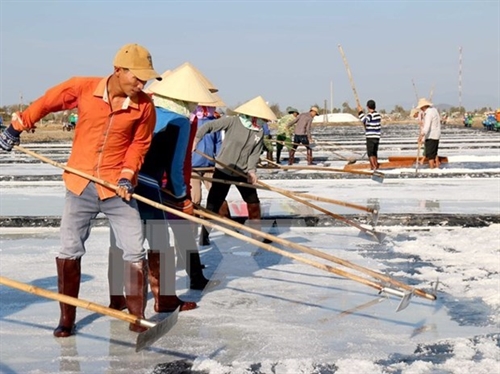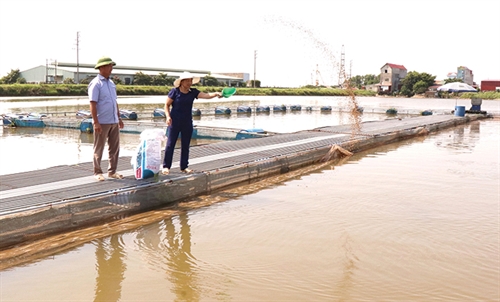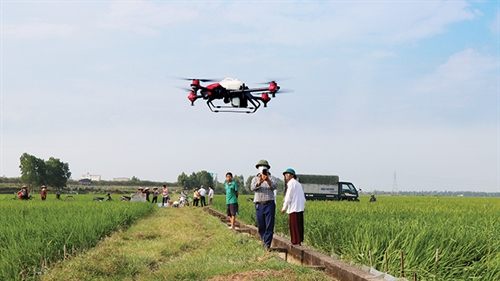By 2030, the industrial sector will make up over 40 percent of the national GDP, in which processing and manufacturing account for 30 percent.
Such is highlighted in Government Resolution 124 dated September 3, issuing an action plan to implement Politburo Resolution 23-NQ/TW of 2018, on the national industrial development policy through 2030, with a vision toward 2045.
Accordingly, in the next 10 years, it is expected that the value proportion of hi-tech products in processing and manufacturing industries will reach at least 45 percent.
Meanwhile, added value of the industrial sector will increase by over 8.5 percent annually on average, in which the growth rate of the added value of manufacturing and processing industries will be 10 percent. The average growth rate of labor productivity in this sector will be 7.5 percent.
The country also targets to be among top three ASEAN countries in terms of Competitiveness Industrial Performance (CIP) index.
Besides, the percentage of laborers working in the industrial and service sectors is hoped to surpass 70 percent, with a number of large-scale and globally competitive industrial enterprises established.
To realize the set goals, the Resolution figures out several tasks and solutions,
Specifically, numerous policies will be adopted, including policies on redistribution of space for industrial production and industrial restructuring; development of prioritized industries; creation of favorable business environment for industrial development; development of industrial enterprises and skilled workforce; science and technology in favor of industrial development; and exploitation and utilization of natural resources.
In addition, it is important to clarify responsibilities of local authorities and improve effectiveness and efficiency of state management of the industrial sector.
Under the Resolution, the Ministry of Planning and Investment (MPI) is tasked to coordinate with ministries and sectors in making policies on redistribution of space for concentrated industrial development, prioritizing regions and localities already having industrial complexes or transportation advantages and geo-economic potential which can turn them into a driving force for development.
At the same time, the Ministry of Information and Communications will have to coordinate with the MPI in formulating incentive policies for FDI projects using high, new, clean and energy conservation technologies, and projects using domestically produced materials and spare parts with high expenses for scientific and technological researches conducted in the country.
The Ministry of Industry and Trade will be responsible for coordinating with provinces and cities with great potential and advantages of industrial development to form organizational apparatuses and allocate resources for forming industrial clusters.-









